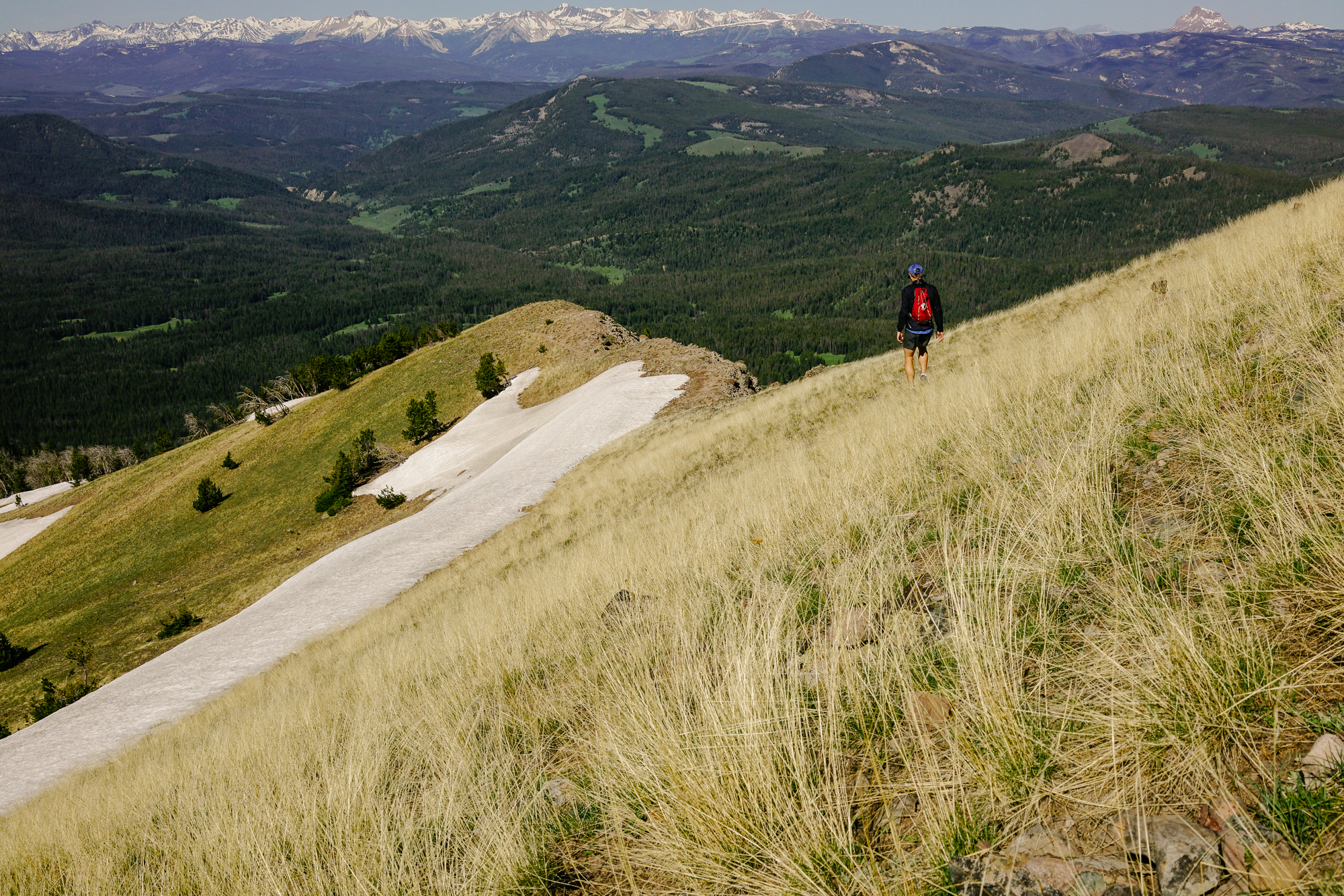By Jessianne Castle EBS Contributor
BOZEMAN – As the U.S. Forest Service moves into its third year of a four-year process to revise the forest plan for the Custer Gallatin National Forest, various stakeholders are working to make their voices heard.
The Gallatin Forest Partnership, a coalition representing more than 10 diverse stakeholders within the Gallatin and Madison ranges, submitted a proposal to the Custer Gallatin in January of last year. The partners say they hope this agreement will be included in the Forest’s forthcoming Draft Environmental Impact Statement, which includes management options and how these decisions can affect the landscape. The release of this document will be followed by the last opportunity for public comment before development of a final forest plan early in 2020.
Having formed after the Gallatin Community Collaborative failed to reach a consensus approximately six years ago, the Gallatin Forest Partnership is currently seeking endorsement in preparation for the upcoming public comment opportunity.
“We’ll have a three-month public comment period to take action, then 30 years or more to reap the benefit of this management plan, so it’s a good time to get involved,” said Ryan Cruz, the Montana conservation organizer for the Greater Yellowstone Coalition, who served on the Gallatin Forest Partnership.
A part of the partnership’s proposal includes 124,000 acres of recommended wilderness. While Congress is ultimately responsible for creating wilderness areas under the Wilderness Act of 1964, the Forest Service is tasked with identifying lands that could be suitable for the designation. These areas are treated like federal wilderness, wherein mechanized and motorized recreation isn’t allowed.
About 100,000 of those proposed acres are in the core of the Hyalite Porcupine Buffalo Horn Wilderness Study Area, a 155,000-acre area in the heart of the Gallatin Range that was created in 1977 as a temporary designation. Over the years, proponents have sought and failed to have the wilderness study area both eliminated and permanently protected.
“Personally, it’s about the resource and the need for preservation,” said Steve Johnson, a Big Sky resident and member of the partnership. “To me, that’s the most important thing. We can’t let the quality of that very special habitat decline if we all want to enjoy it. We’ve all chosen to be here in some way because of that resource.”
In search of a balance between protecting wild spaces and serving the need for diverse recreational access, the partnership proposes to designate a portion of the Hyalite Porcupine Buffalo Horn as a wildlife management area, thereby prioritizing wildlife and wildlife habitat but still allowing regulated motorized and mechanized recreation.
Under this determination, seasonal recreation closures would occur in a similar fashion to current area closures so as to lessen the human footprint in an area that provides habitat connectivity between Yellowstone National Park and the Gallatin and Madison ranges.
“No one’s losing access, we’re maintaining access and we’re thinking about wildlife in terms of trail and road densities. I’m really proud of that,” said Darcie Warden, GYC’s Montana conservation coordinator. “The key to getting us to an agreement was listening. We dug deep and we tried hard, and we got those compromises.”
Beyond allowing for some motorized and mechanized travel in the area, the partnership is asking managers to monitor area wildlife to ensure increased recreation doesn’t have a detrimental impact.
“By recommending a specific management area rather than a wilderness study area, it allows for more adaptive management,” said Melissa Cronin, the director of development for the Southwest Montana Mountain Bike Association. Cronin represented SWMMBA and the Big Sky Mountain Bike Alliance in the larger Gallatin Forest Partnership and said that allowing user groups to access the area maintains an engaged community where partner groups can help maintain trails.
Phil Knight, of Montanans for Gallatin Wilderness, disagrees with the partnership’s handling of the wilderness study area. He said he wasn’t invited to be a part of the partnership, though he did participate in the Gallatin Community Cooperative.
“We’ve compromised away so much land already,” Knight said. “I’d like to see the Gallatin Forest Partnership step up to the plate and at the minimum recommend wilderness for the entire Hyalite Porcupine Buffalo Horn Wilderness Study Area.
“This is really some of the top wildlife habitat we have in the lower 48 because it has remained roadless,” he added. “Wilderness has been shown to be pretty much the best for wildlife habitat. It also provides a place for people to avoid the overall hustle and bustle.”
Other groups also felt left out of the partnership. Kerry White, a board member of the Gallatin Valley Snowmobile Association, said motorized recreation was not given a voice.
“[The Gallatin Forest Partnership] was a select few individuals gathered together by three environmental groups to make their proposal look like a grand agreement,” White wrote in an email to EBS. “It was not inclusive but rather very exclusive. We were in fact not invited and when we asked to participate, we were told ‘no’.”
Despite the opposition, members of the partnership said they’re pleased with their proposal.
“We all feel really good about this agreement,” said Denise Wade of Lone Mountain Ranch, who serves on the partnership representing some of the commercial interests involved. She added that each of their recommendations were agreed upon by consensus. “Now we can move beyond this state of limbo [in the Hyalite Porcupine Buffalo Horn] and still protect the open spaces we all love and want.”
Cronin, of SWMMBA, pointed out that the overall contingent sought definitive management despite early trepidation. “The Wilderness Study Area is a land management purgatory, not one thing or another,” she said. “Being able to recommend sensible and enduring land management areas is good for the community, the environment and future generations.
“I think it was very cathartic for everybody,” she added. “On a community level, I think it accomplished something very rare in these really polarized times, where people were able to come together and agree on these shared values.”
John Mutter, former president of the Gallatin Valley Back Country Horsemen, agreed with Cronin, though he would’ve liked more land included in the recommended wilderness area.
“If you get a unified voice, you get heard more,” he said. “I think we came up with a damn good compromise to be honest with you. I think our recommendations to the Forest Service are safe and sane. I really hope that they take it very seriously.”













